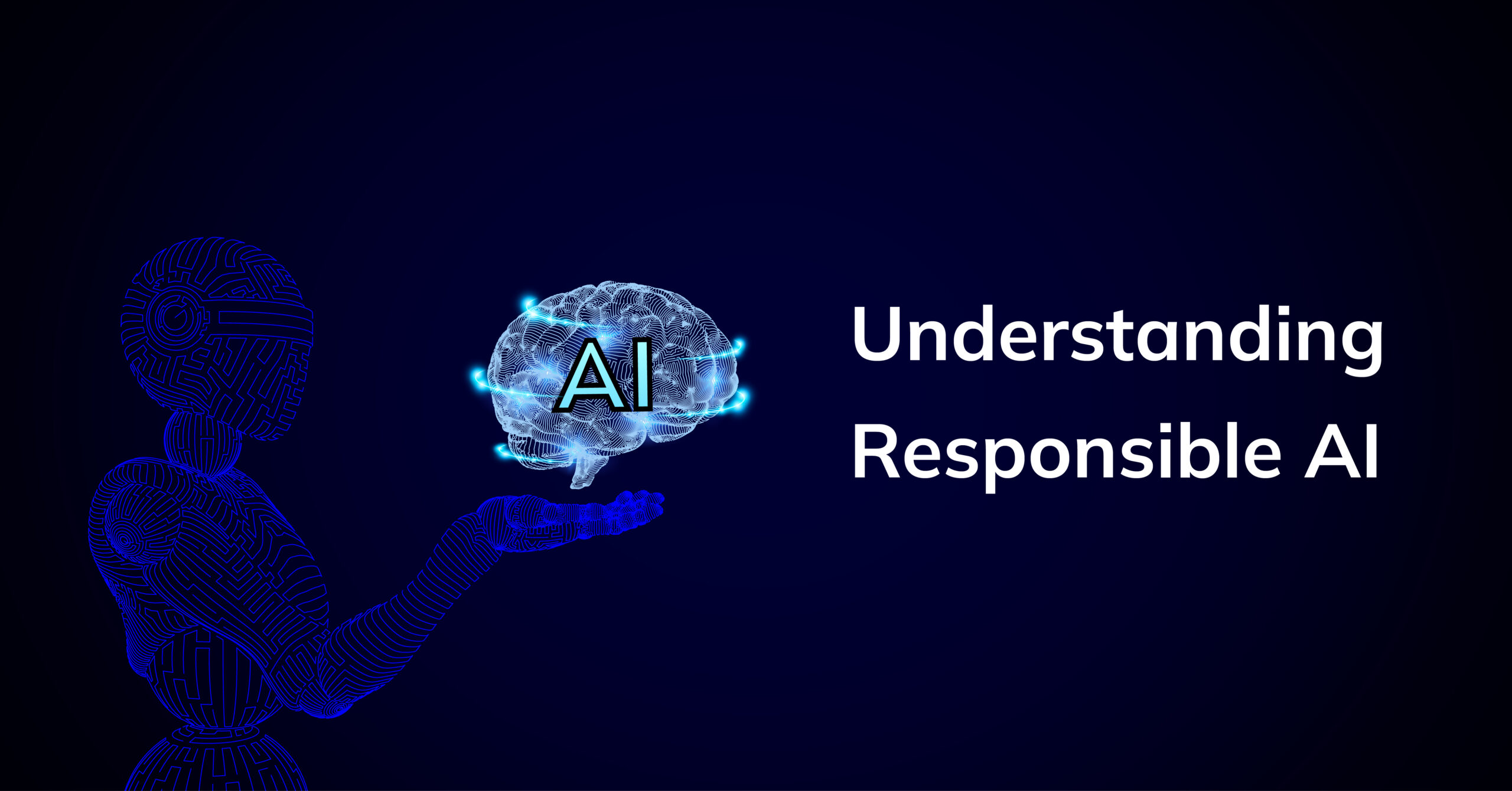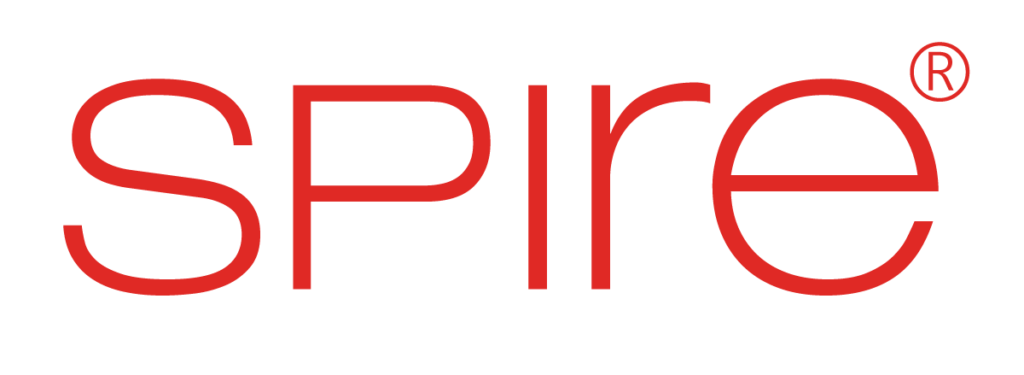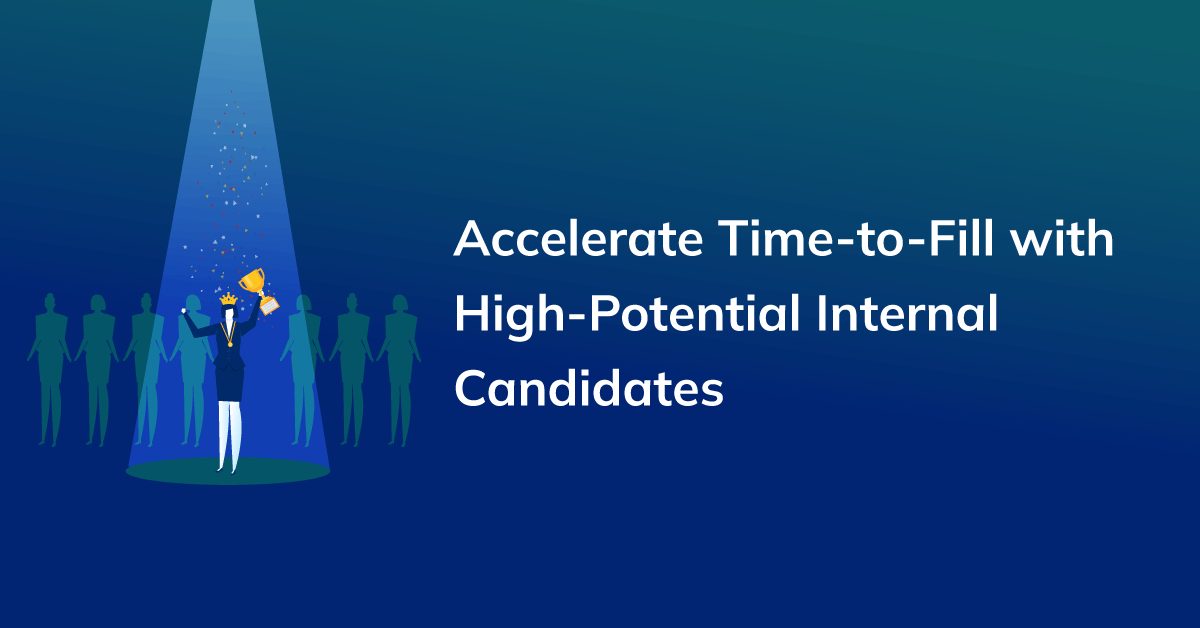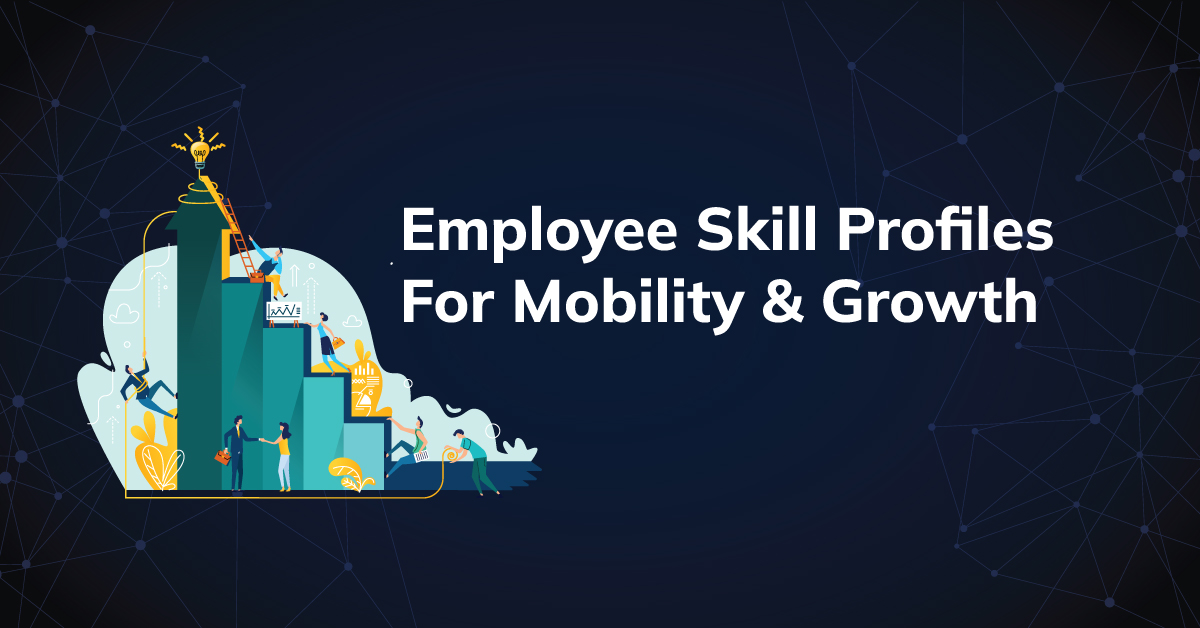
What is Employee Value Proposition?
Employee Value Proposition
Employee Value Proposition (EVP) is a statement outlining the unique set of benefits, rewards, and experiences an organization offers to its employees. It reflects the value employees receive in exchange for their skills and contributions, helping attract and retain top talent.



